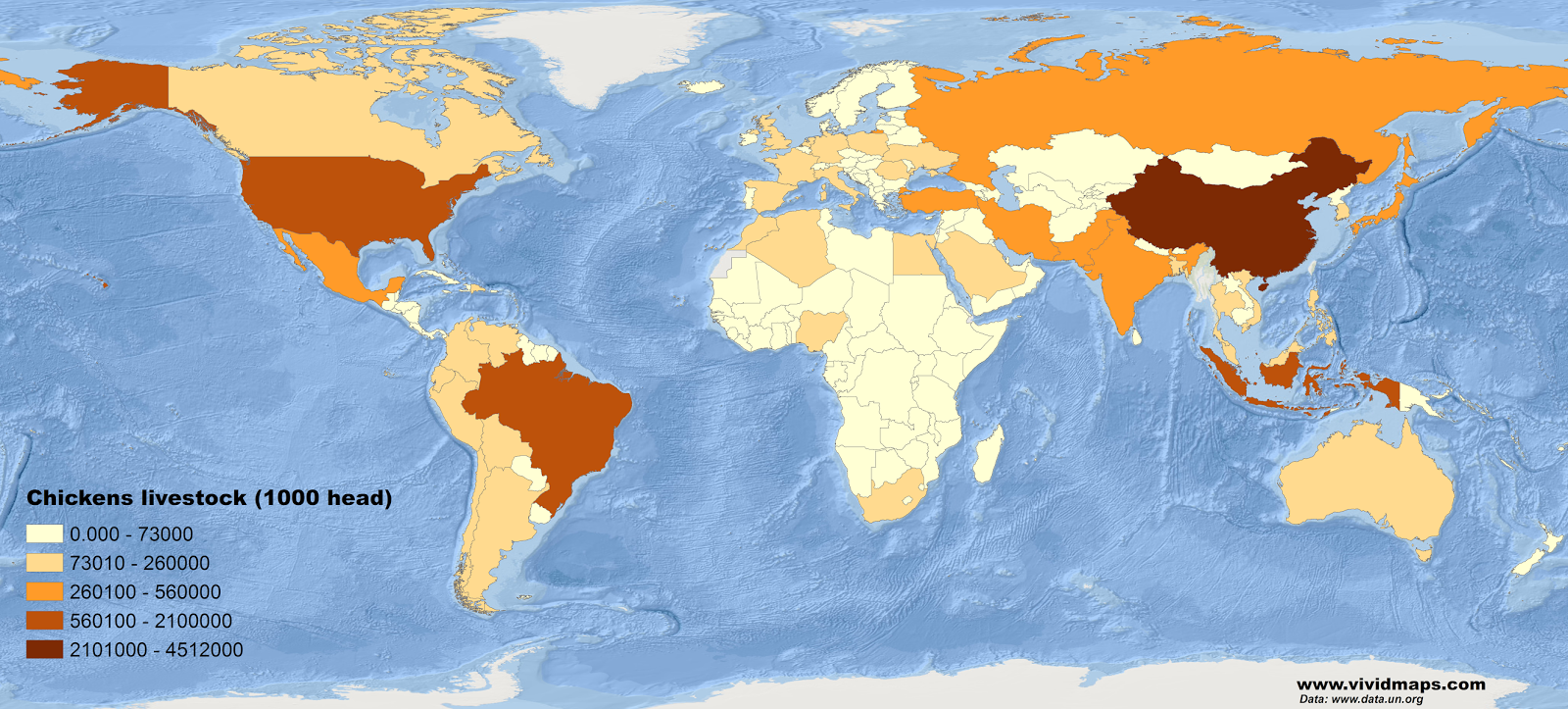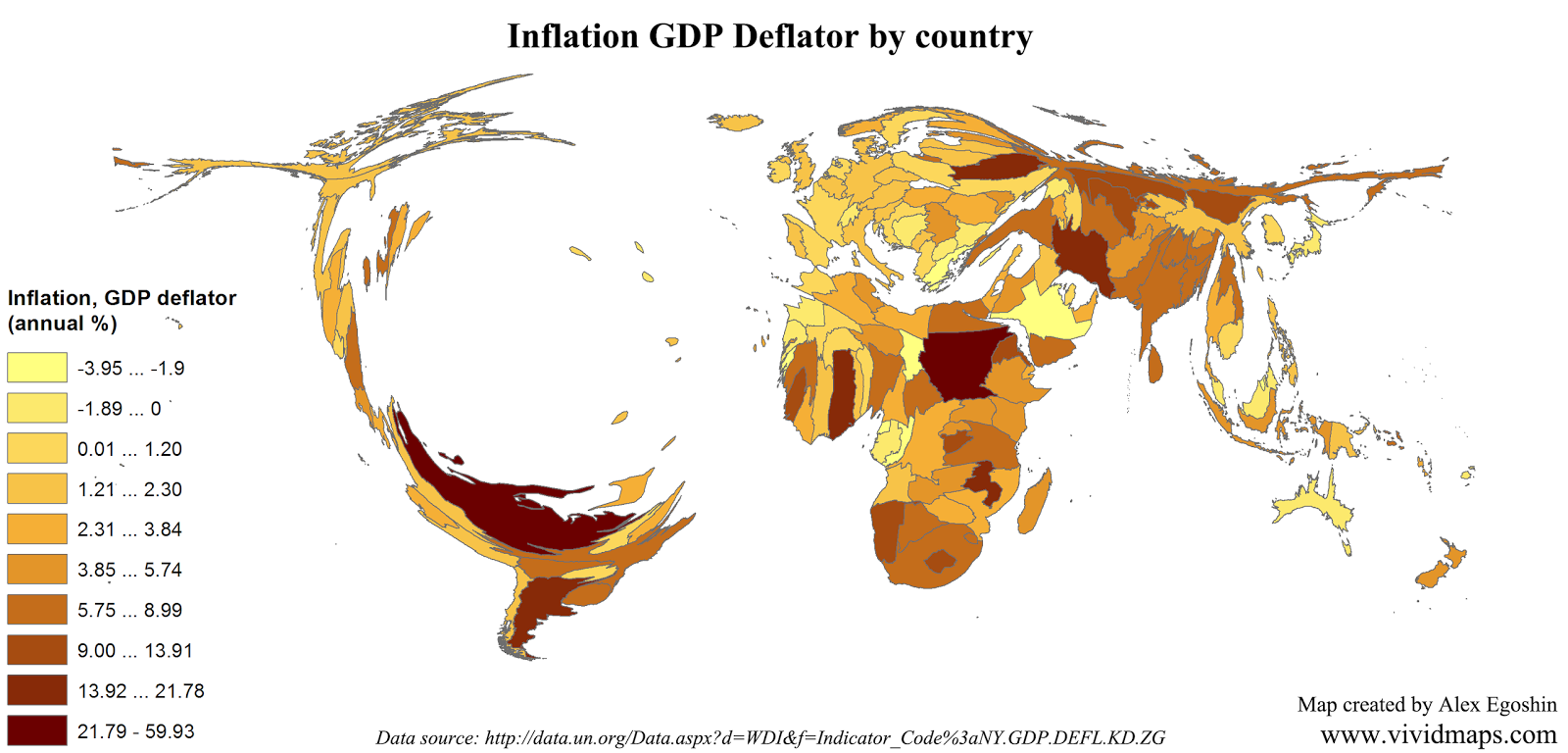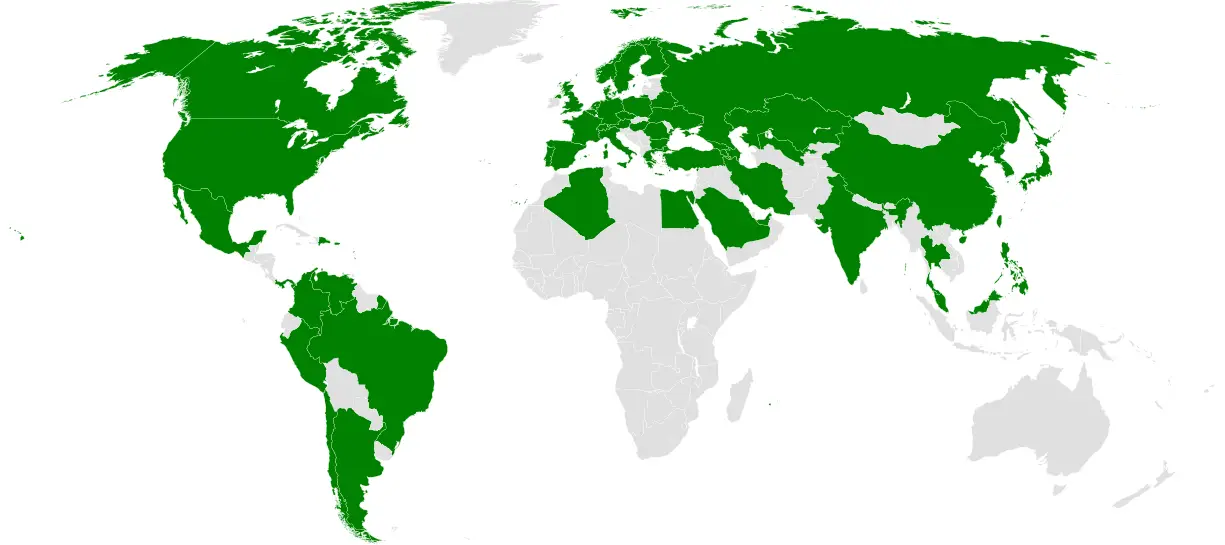The Evolution of Metros in China and Taiwan (1990 – 2020): A 30-Year Transportation Revolution
When Beijing opened its first subway line in 1969, few could have predicted China’s extraordinary transformation into the world’s metro superpower. Today, Chinese cities are home to the planet’s longest, second-longest, and fourth-longest subway systems – but how did this remarkable change happen?
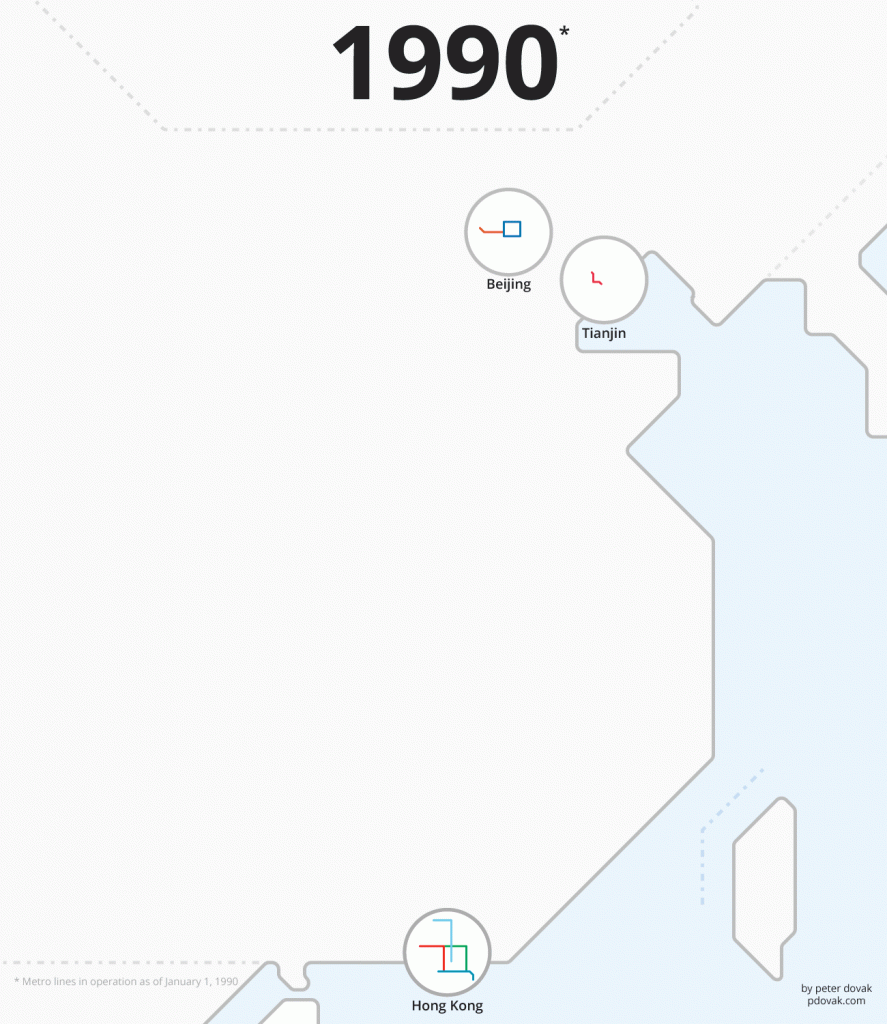
A Modest Beginning In 1990, China’s massive population of 1.1 billion was served by just three metro systems – Beijing, Hong Kong, and Tianjin. Fast forward to today, and the picture couldn’t be more different. According to the China Association of Metros, the country now operates over 40 urban rail systems, with a combined track length exceeding 8,000 kilometers – more than all of Europe’s metros combined.
Shanghai: From Late Starter to World Champion
Perhaps no city better represents China’s metro ambitions than Shanghai. When its first line opened in 1993, Shanghai was playing catch-up with other major cities. Today, it operates the world’s longest subway network, carrying over 10 million passengers daily. The system has transformed how Shanghai’s 24 million residents live and work, connecting distant suburbs with the bustling city center.
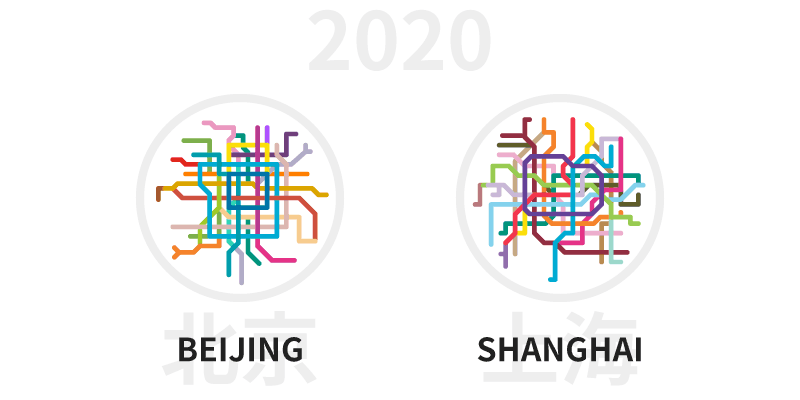
Beijing’s Network: From Military Project to Modern Marvel
Beijing’s metro story began as a military project – the city’s first lines were built deep underground to serve as bomb shelters. Now, Beijing’s subway carries more passengers annually than New York and Moscow’s systems combined. The network has been crucial for hosting major events like the 2008 Olympics and serving the city’s expanding population.
The Technology Behind the Growth of China’s rapid metro expansion isn’t just about size – it’s also about innovation. Chinese cities are pioneering driverless trains, digital payments, and advanced passenger flow management systems. Shenzhen’s Metro, for example, operates one of the world’s largest fully automated subway lines.
Looking Ahead The expansion shows no signs of slowing down. Cities like Chengdu, Guangzhou, and Wuhan are all undertaking ambitious expansion projects. According to China’s urban development plans, the country aims to have over 10,000 kilometers of metro lines by 2025.
What Does This Mean for Taiwan? While mainland China has seen explosive growth, Taiwan has taken a different approach. Taipei’s MRT system, though smaller in scale, is renowned for its efficiency and cleanliness. Kaohsiung’s system demonstrates how medium-sized cities can benefit from well-planned metro networks.
Have you experienced any of China’s or Taiwan’s metro systems? Share your stories and observations in the comments below. We’d love to hear about your experiences using these remarkable transportation networks!


